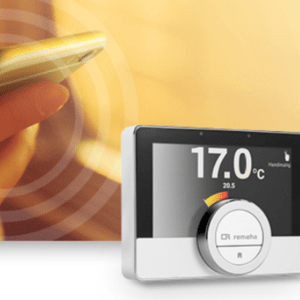Data-informed Design
If you want to know for sure whether your product or service is contributing effectively to your business, you need to measure it.
Data allows you to make informed design decisions and to not rely on gut or past experiences. By developing not based on assumptions, but based on informed steps and measuring the effect, you will learn more and more what to do and what not to do to achieve your goal. Especially when you supplement quantitative data with qualitative research. You gain insight into what the impact of each development step is and how much it contributes to your goal, as well as why that is.

When should you consider Data-informed Design?
For whom, when, and what products?
You could consider Data-informed Design in the following situations. For example, when you want insight into the success of your product or service to find out if it is still worth the investment. Or you already know that you want to further develop your product or service, and you have come up with 1000 ideas for this but can’t choose. It could also be that your product is underperforming, for example in terms of valuation, conversion, etc., but you don’t know why.
Before our Luminis designers can start the process, your product or service must have enough users to draw representative conclusions based on data. In addition, it must be able to run frequent releases to allow for short iterations (not wrong long). Also, the product or service must be able to provide for data collection. If you are not sure if your product or service falls under these categories, please contact us, we are happy to discuss it with you.
How does Data-informed Design work?
Our Luminis Designers approach the issues using the following plan of action:
- Objective: we translate business and product goals into concrete outcomes;
- Discovery: we map out the customer journey and information flows to develop a common understanding of the product or service. We determine how we will measure outcomes;
- Problem: based on a baseline measurement, we identify key areas for improvement;
- Solution: we design and implement a (minor) modification. Quantitative and qualitative user data inform design decisions to be made;
- Outcome: we measure whether the expected outcome is realized and to what extent business and product goals are met. If the result is negative, the adaptation can be quickly fixed or improved; if the result is positive, the next point of improvement is selected and thus iteratively developed further.

What does Data-informed Design deliver?
When working with our Luminis designers on Data-informed Design, you can expect the following benefits:
- a working method that enables you to achieve concrete goals;
- insight into what works and what doesn’t work for your target group;
- tangible figures to justify choices and investments.
Customer Stories
Contact
Would you like to know more about Data-informed Design?
Please feel free to contact our expert Louis Pouwels





